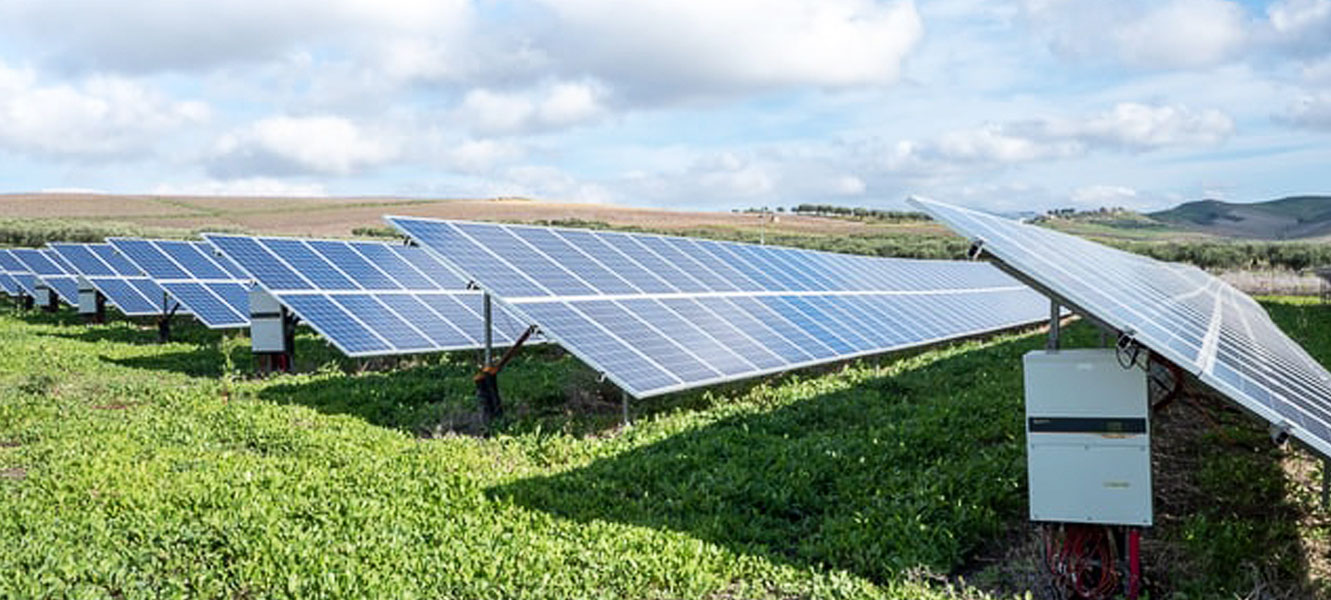
Solar Generator For House energy is not a theoretical or impractical source of renewable energy, especially with today’s existing green technologies. The time has come that it has actually become mainstream, cheap enough to be bought and installed by humble homeowners. But even with the price drop of solar energy systems many are still unable to afford ready-made systems. It is still a sizable investment to go solar today and generate your own electricity at home. But this should not be a source of frustration for you. Instead it should be a source of inspiration to design, build, and install strong and long lasting DIY solar panels. Many naysayers are saying making your own solar panels is highly technical and that you can never make it work on your own. They could never be more wrong. Here are some practical tips that can get you started for your very own DIY solar panels.
PV panels are the heart and soul of the solar energy set-up. These are the contact points of the sun’s radiation facilitating the necessary reaction to turn heat energy to electrical energy. But solar panels can be costly. The good news is you can construct your own DIY solar panels by purchasing solar cells, the building block of a functional industrial solar system. Solar cells can easily be bought over the Internet. The price of these cells is dependent on its rated “class” (class A, B, and C – A having the best quality). If you want a long lasting homemade system, go for class-A solar cells. A typical DIY solar panel can have at least 32 pieces of solar cells arrayed together producing at least 18 kilovolts of electricity. These figures should help you estimate the size of your DIY solar panels project.
You can then frame the solar cells in a simple container (preferable wood to make assembly easier). Solar cells are fragile so you need to work carefully with it. This makes a sturdy frame necessary to keep the cells stable enough for external installation. The frame or container will also house the wiring (series wiring from the framed solar cells) and the diodes, completing your DIY solar “panel” assembly. Take extra care in the frame construction. This does not demand expertise in construction. This is just a simple commitment to quality that will ensure the durability of your DIY solar panels.
Be sure to cover up the front side of the solar cells with Plexiglas. This will ensure the longevity of the panel by protecting its surface from the elements. Simply use silicone caulk to fix the Plexiglas onto the front face of your DIY panel frame. Make sure that the wires are sealed in and protected by electrical tape. A solid solder work can also help a lot in making sure that the connections in the cell series will last for a long time.
If you find it hard to source everything you need to assemble your very own solar system at home then you can buy an all-inclusive kit that assembles right out of the box. This might be more expensive than buying the components separately but it ensures you have all the right components to start your DIY solar panels project from the get-go. A solar cell kit can cost about 200 bucks – a bargain in starting off your very own solar energy project.
You might have good DIY solar panels and a working system of batteries and inverters but unless you install your panels correctly you can be sure that your system will not last as long. You need to consider the construction of your platform. It must be able to support the panels completely. Positioning also plays a role in your panel’s longevity and efficiency. If you are not confident that you can make a good job in installing the whole system, ask for professional help. They have the expertise and the knowledge to get your system up and running in a very short time.